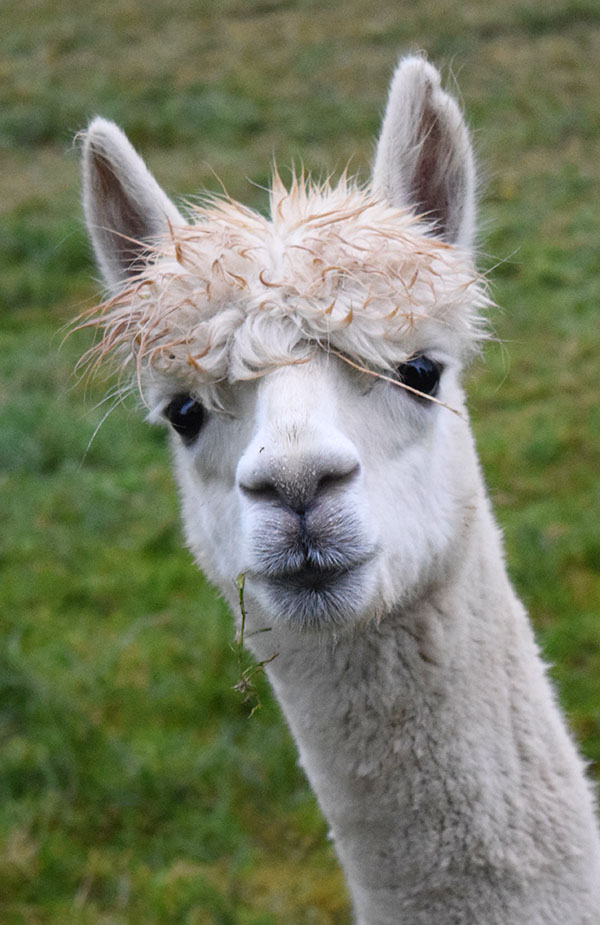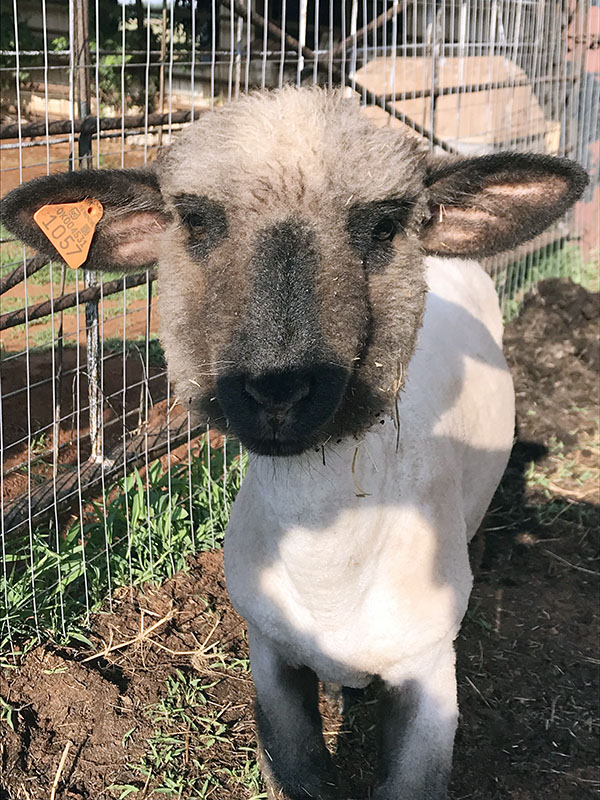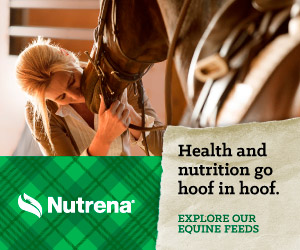THE LLAMA DRAMA
How a little knowledge can be a dangerous thing, and why real-life experts are always the best source of information.
By Holly Clanahan
So first, a disclaimer: I was lucky enough to grow up around horses, and as far back as I can remember, all of the equine accoutrements were just part of my daily life. Curry combs, hoof picks and rope halters were as routine to me as my own socks and shoes.
How did I know what horses ate? I don’t know … how does a kid know what humans eat? You just know. And although of course I am constantly learning more, things like that have always been part of my “normal,” running in the background.
As an adult, I’ve been privileged to introduce many of my non-horsey friends to my four-legged buddies. I’m always happy to answer their numerous questions about our daily routines. And I’ve giggled when they’ve expressed shock at things like how much fly spray costs. (Yeah, I’m well aware that it’s expensive. That’s just part of it.)

Ulrike Leone/Pixabay

Holly Clanahan
Who wore it better, the alpaca on the top, or the supposed-to-be-a-show-lamb on the bottom? And whose owner needed some expert shearing lessons?
But I don’t think I ever realized how insanely foreign it all must seem to a true newcomer. Until now. When I’m in those same shoes.
My son was given a lamb to raise this summer, and he’ll show it in the county fair later this month. It’s a great project for a new 4-H’er, and it has been getting him outside this summer, gentling, feeding, exercising and training the little crossbred ewe.
He’s excited. I’ve been frantically googling, trying to get up to speed.

We purchased or borrowed the bare-bones equipment we needed to get started, and our first order of business was to get the lamb sheared. The weather was heating up, and she was starting to pant beneath her growing wool.
The lamb’s breeder lives near us and has been super helpful. However, we can’t expect him to hold our hands on everything. That’s what Google is for, right? So, with the right set of clippers in hand and a shearing stand – plus some grease-cutting soap and a blower – we went to work, with my son handling the lion’s share of it.
Google helpfully provided us with a diagram, showing which direction to shear (front to back, for the most part, in case you’re wondering). We had this under control. If you can body clip a horse, surely you can shear a lamb, right? Other advice from Google: Do not shear anything below the knees or hocks (thankfully, many of the anatomy points carry over from species to species), and do not shear the head. Stop shearing at the poll.
Got it. That’s what we did.
And we created what I could only describe – when I could stop laughing enough to breathe a bit – as a teacup llama, or maybe a tiny alpaca. Stripped almost naked from the neck back, but with a giant fluffy head, this thing was funny looking. Really funny looking.

I don’t know why Google steered us wrong, but I do know this: Don’t believe everything you read on the internet, and for Pete’s sake, if you’re not sure about something, ask a real-life expert. Our breeder quickly steered us back onto the right path, once he stopped laughing.
Fortunately, this bobble was easily fixed with a few more swipes of the clippers around the head.
We’re still learning. We’re figuring out lamb nutrition, learning more about grooming and reading up on all of the unfamiliar tools of the trade. We’re even thinking about buying a lamb tube. (Never heard of such a thing? That makes two of us. But it’s the sheep version of a horse slinky, used for the same purpose.)
Besides the lamb’s breeder, we are also getting help from some wonderful Extension and FFA experts. Them, I’ll trust. Google, maybe not so much.
And, please, if you’re a knowledgeable horse person, take mercy on that person standing at the feed store, staring at the rows of horse “stuff” with a slightly panicked look on her face. Newcomers really do need all the help they can get!
Holly Clanahan is editor of America’s Horse. If you’re looking for a real-life horse expert, check out our list of AQHA Professional Horsemen and -women at www.aqha.com/prohorsemen. Or contact our alliance partners at the Certified Horsemanship Association at cha-ahse.org.

